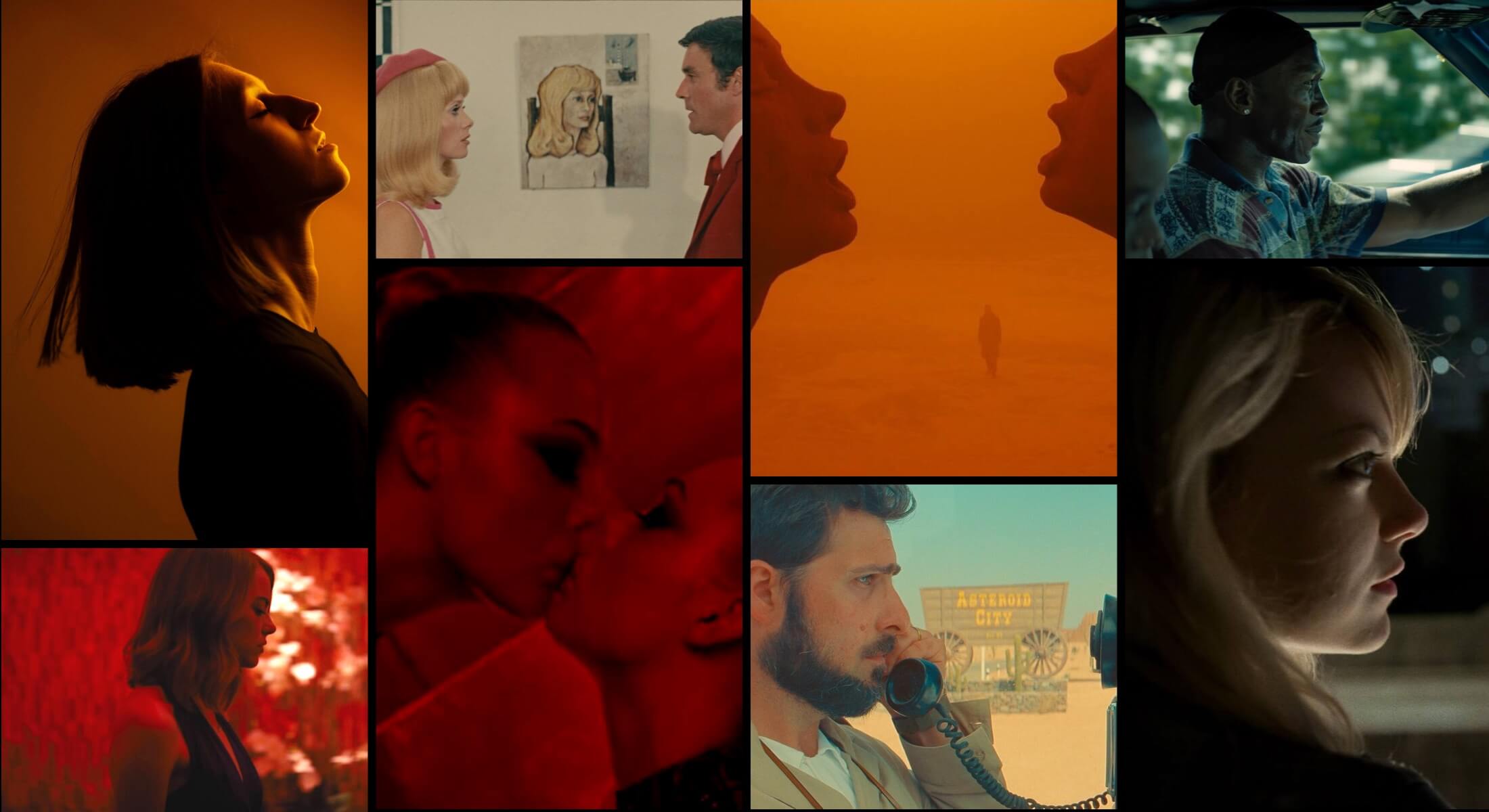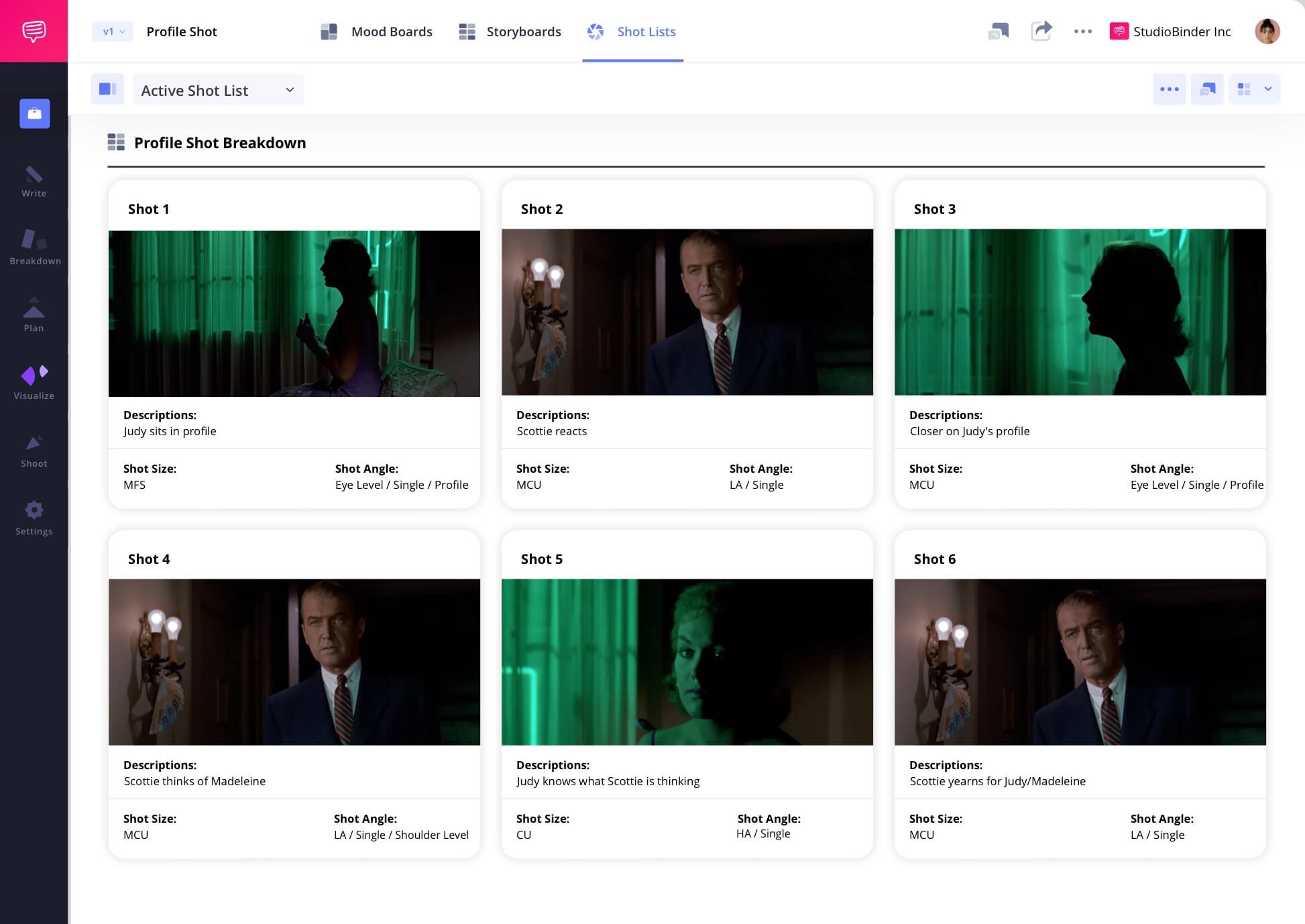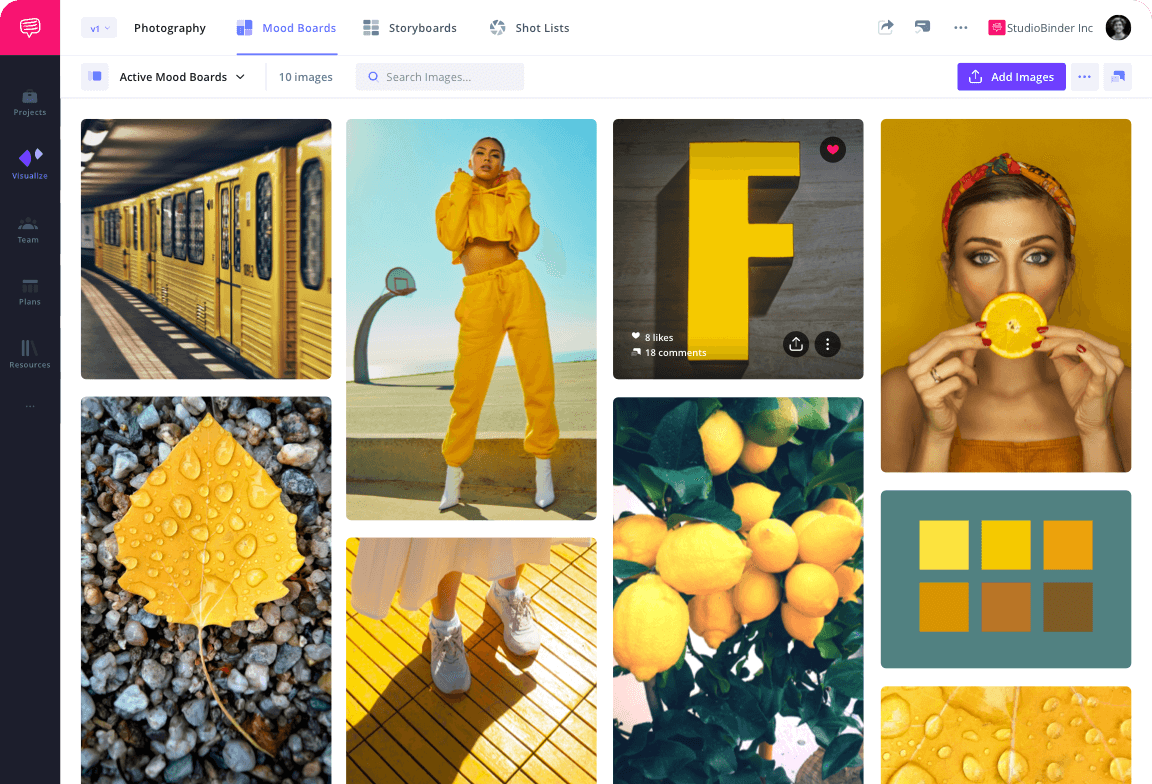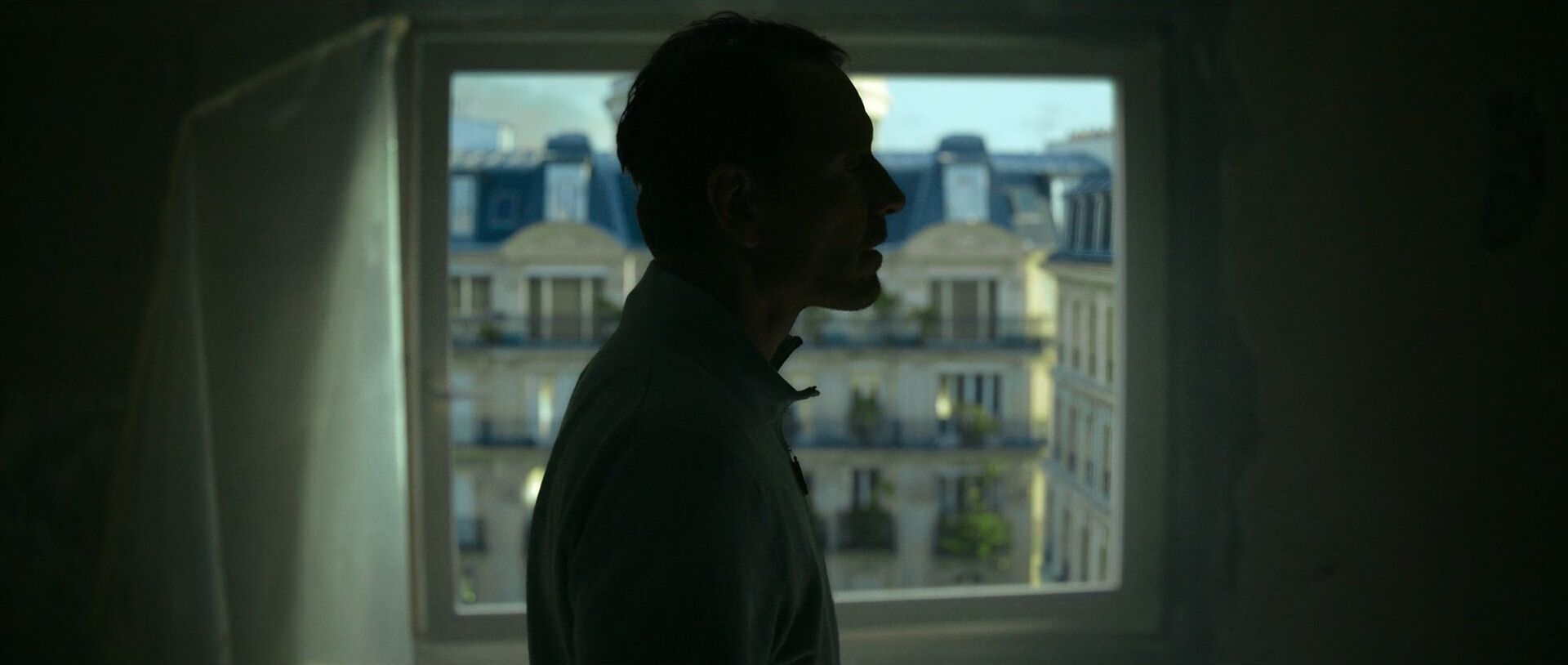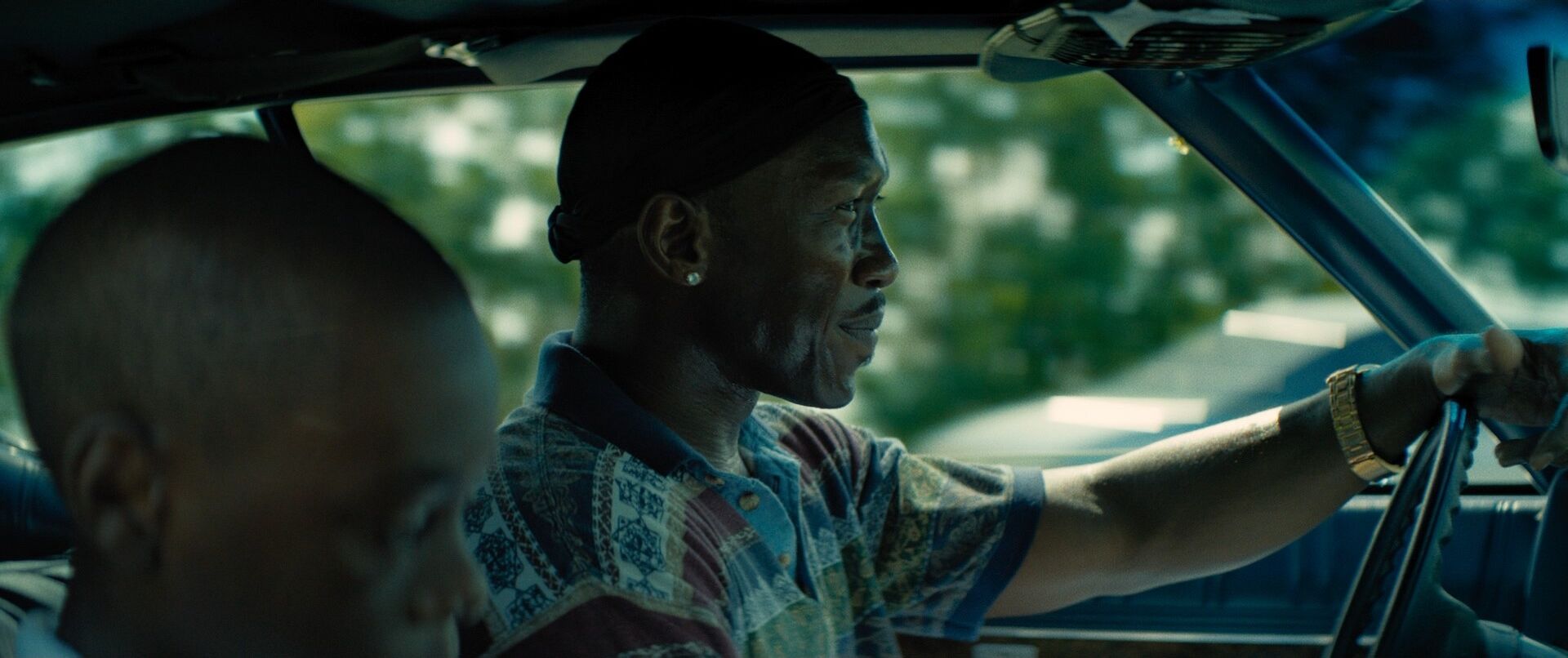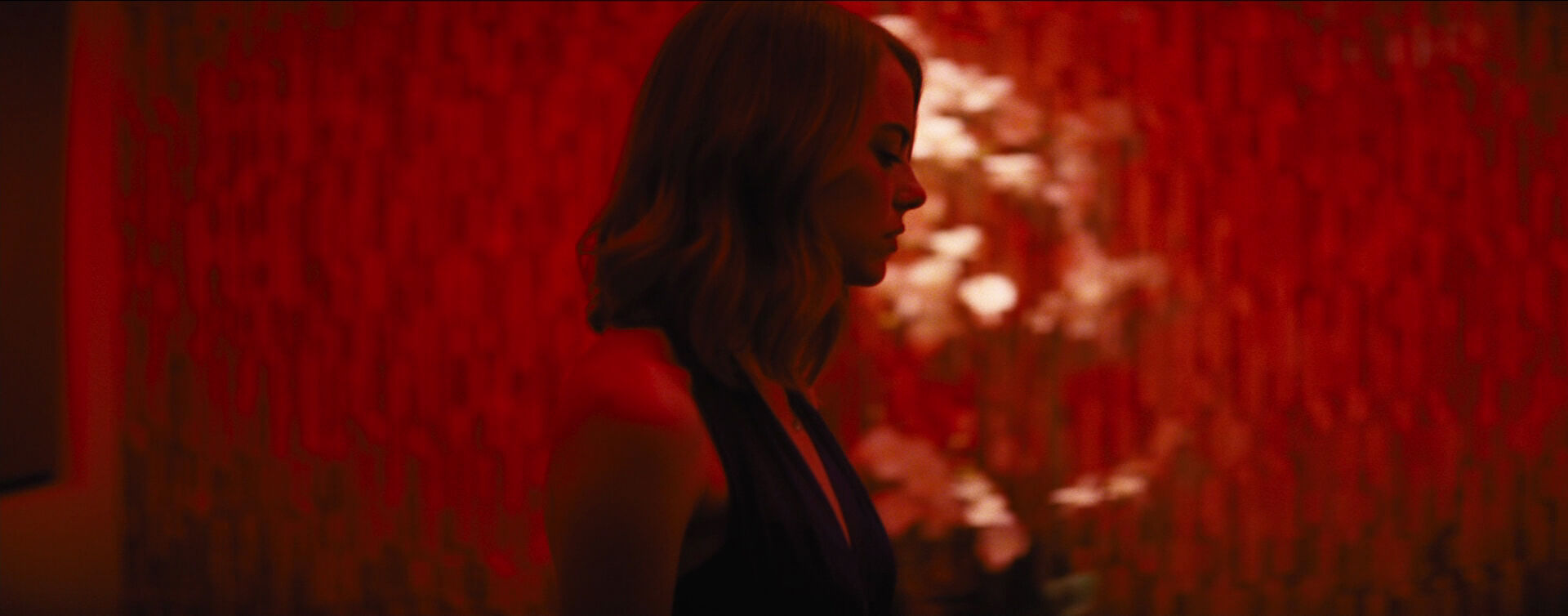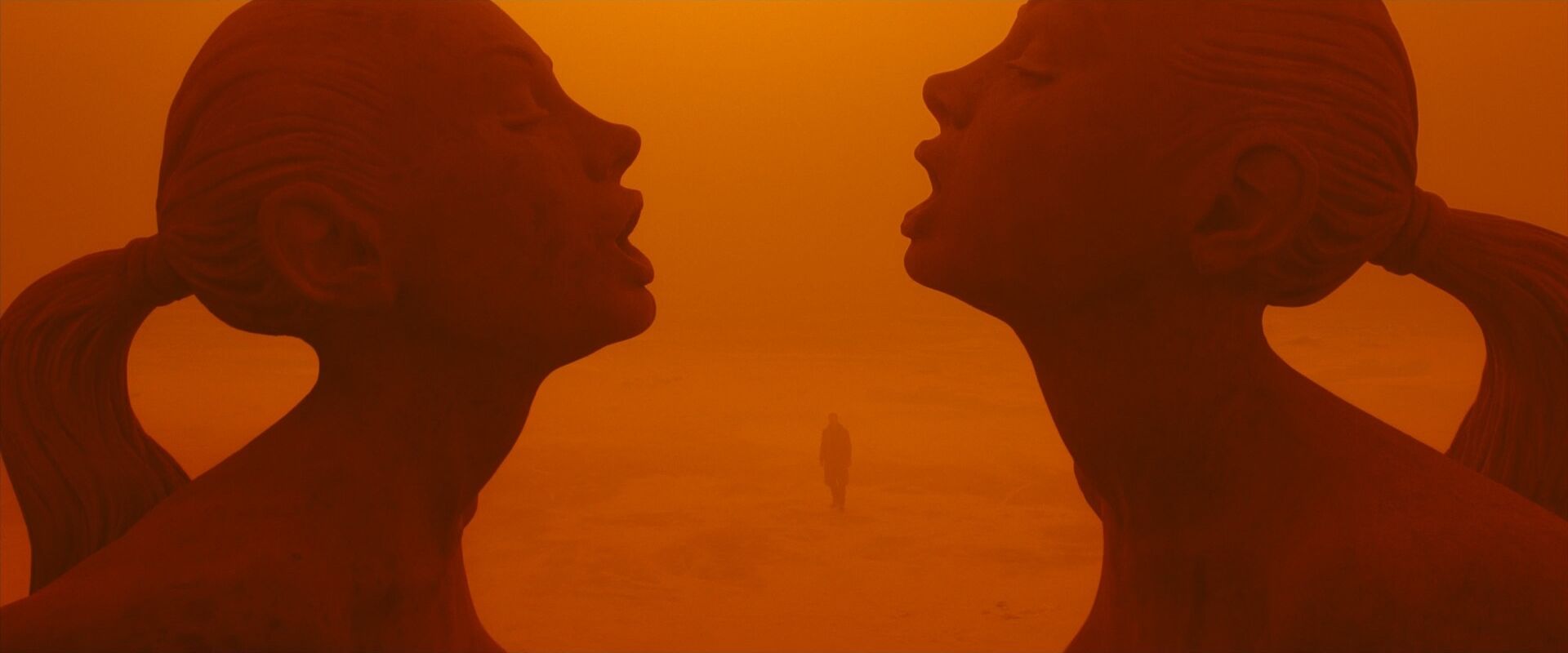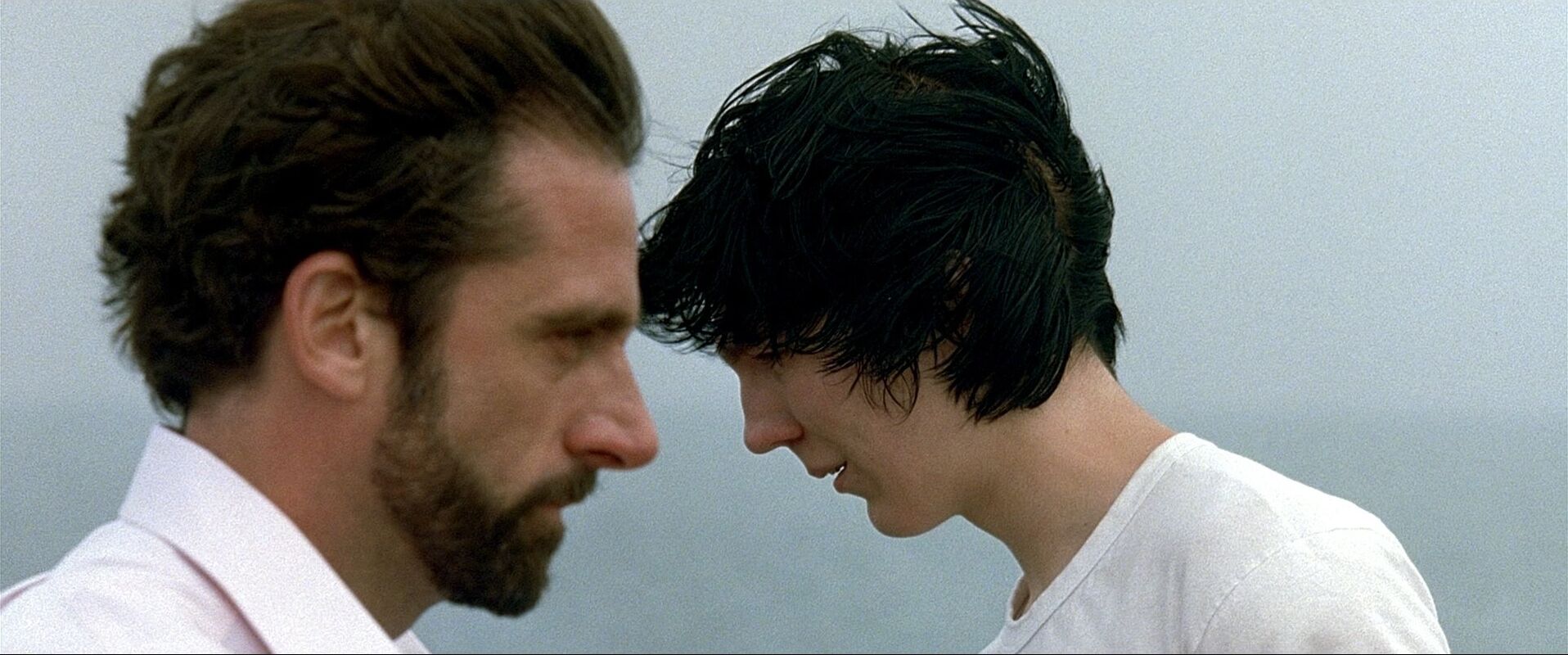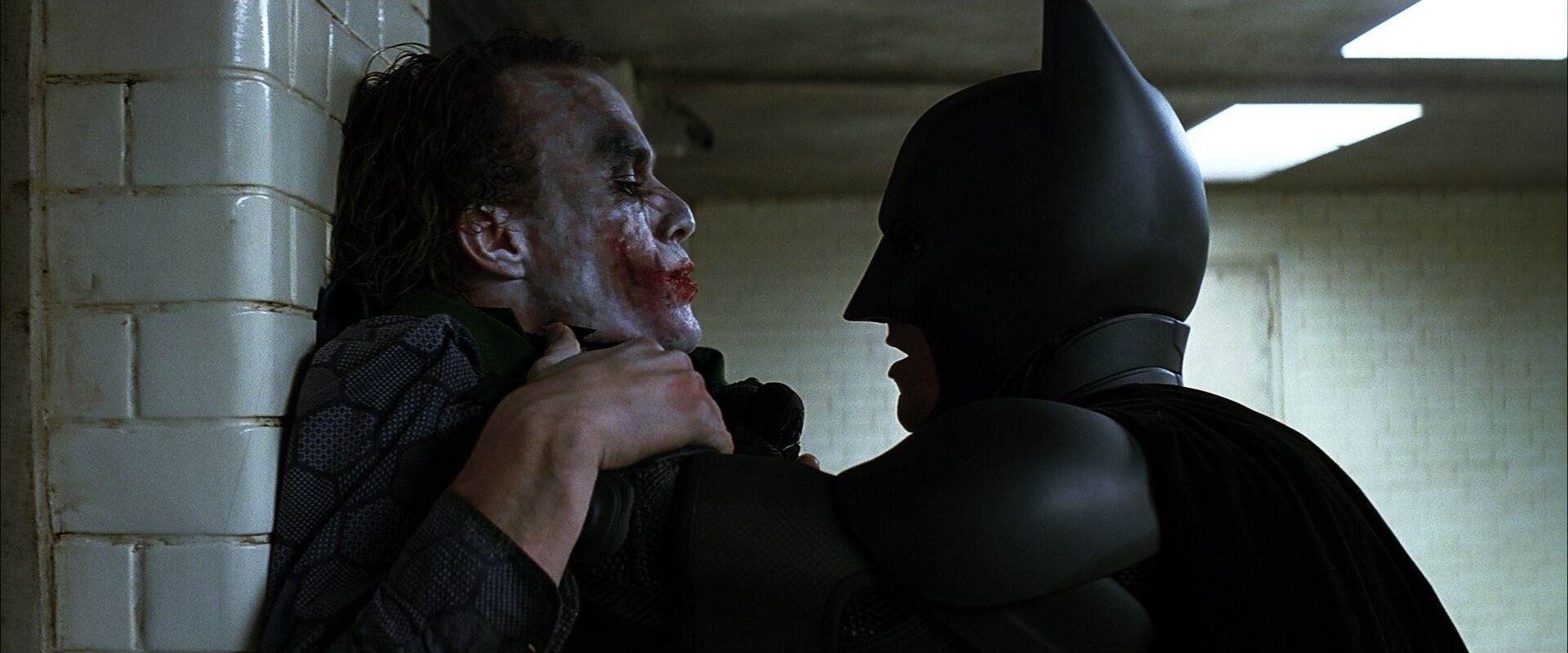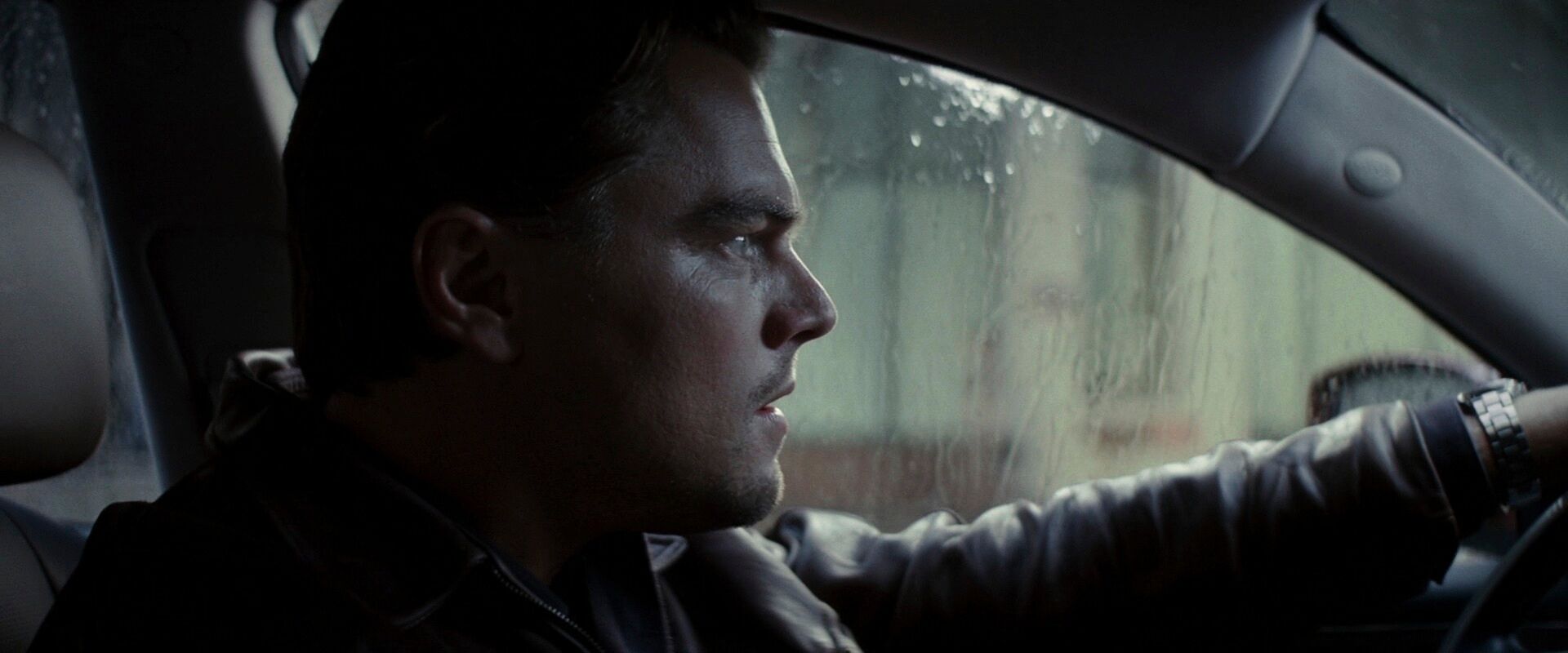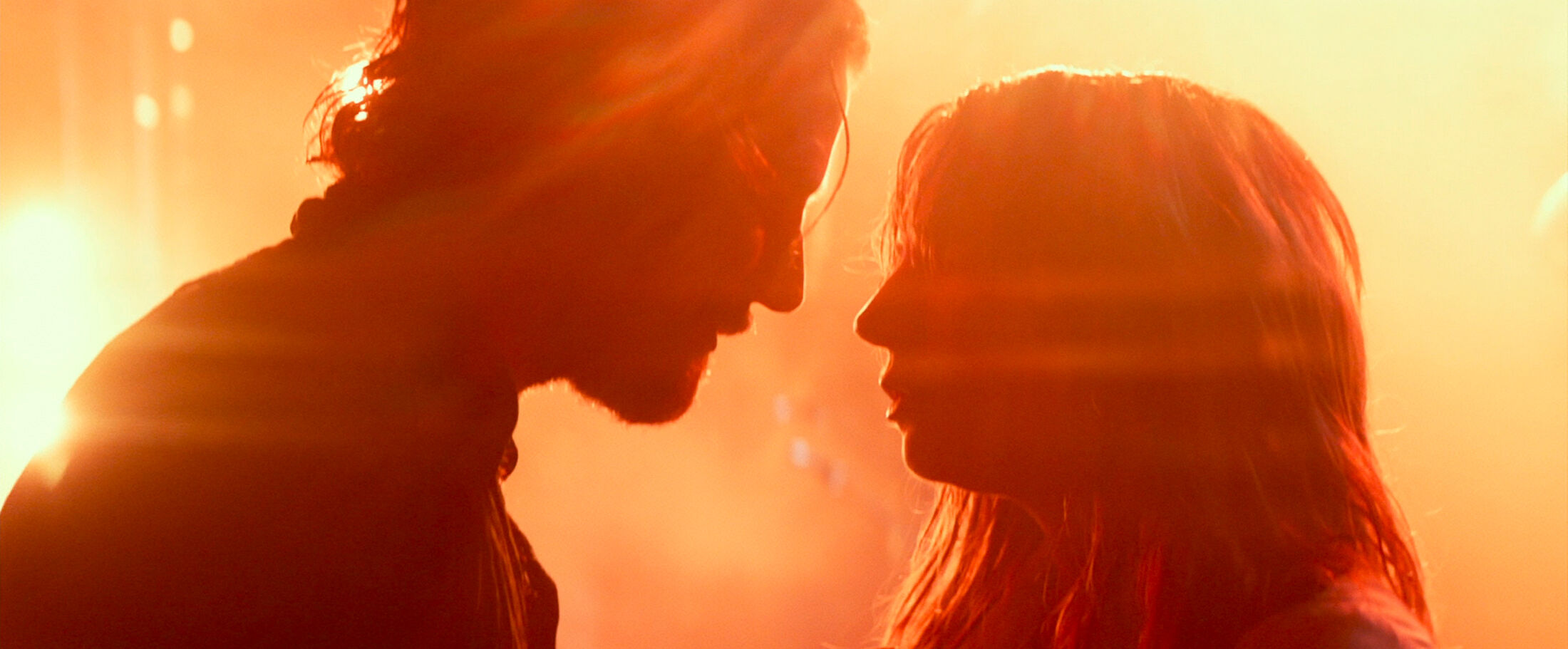home → Camera Angles → Profile Shot
Profile shot definition
What is a profile shot?
A profile shot frames the subject from the side, showing their face in full profile, typically with one eye visible and the rest of the features in clean outline. This side-on angle is often used to emphasize a character’s solitude or focus, or it can be used to match another character’s eyeline. It can also highlight physical detail or contrast between characters in a two-shot.
Profile angle shot
Profile shot examples
Before diving into how profile shots function in storytelling, it’s important to see how they’re applied in real scenes. This collection of profile shots showcases the range of visual and emotional effects they can achieve across genres.
Reveals character isolation
Highlights facial features
Emphasizes emotional detachment
Creates symmetry
Uses
What does a profile shot do?
Profile shots have a quiet intensity that works across film and photography. By capturing a subject from the side, a cinematographer or photographer can offer a unique blend of emotional subtlety and visual clarity. Depending on context, it can reveal character dynamics or obscure them. Here are a few ways it’s used in storytelling:
Introspection
Framing characters in profile can signal deep thought or emotional distance, turning the focus inward and gives the audience a slightly detached POV.
Tension
In a face-off, a profile view of two characters can sharpen the visual divide between them while emphasizing their conflict and showing them as equals.
Stillness
A motionless profile shot can underscore calm in a moment of pause. Their focus is elsewhere and we are able to observe this from a more objective perspective.
Shape & Form
Profile shots can highlight strong facial features or silhouettes, adding graphic weight to the frame and allowing the characters shapes to come forward.
Differentiating the profile shot
Profile shot vs overhead shot
Profile shots and overhead shots may both be stylized choices, but they serve very different visual functions.
A profile shot captures the subject from the side. It focuses on character detail and mood from a grounded, horizontal perspective.
In contrast, an overhead shot looks directly down from above, typically at a 90-degree angle, offering a more detached or observational view. While profile shots are intimate and character-driven, overhead shots are spatial and often emphasize placement, isolation, or pattern. One draws us into a person; the other places that person in context.
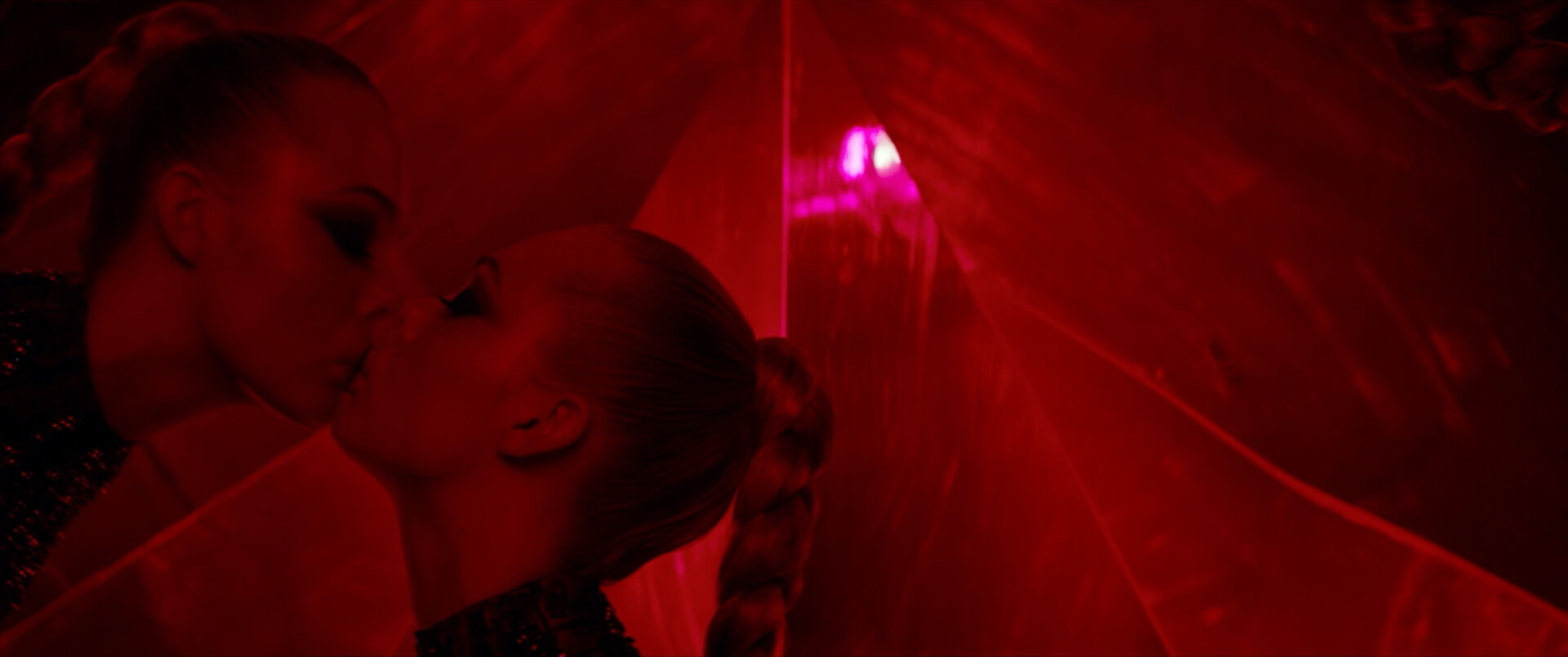
Case Study
Shot listing a profile shot
So how do professional filmmakers use profile shots? Look no further than this scene from Alfred Hitchcock’s Vertigo, a showcase in longing and mystery.
Click the shot list below to take a closer look at the entire scene. How does the profile shot enhance the scene’s mood?
The profile shot may seem simple at first glance, but it’s a remarkably flexible and expressive visual tool.
Let’s look at how this side-on perspective can deepen character moments and add nuance to your filmmaking.
Visual combinations
How can you pair a profile shot with other camera techniques?
How to combine a profile shot
A profile shot’s impact increases even more when paired with other techniques that enhance mood and composition. Below are several ways profile shots can be combined with different cinematic methods to deepen their effect:
- Push-In: Slowly pushing in on a profile can heighten a moment of reflection.
- Backlighting: Lighting the subject from behind transforms the profile into a dramatic silhouette.
- Split Diopter: Keeping both planes in focus with a split diopter adds visual complexity and depth to profile compositions.
- Shallow Focus: A softly blurred background keeps the viewer’s attention locked on the subject’s face.
- Slow Motion: Using slow motion with a profile shot can draw out a character’s emotion or amplify a pivotal moment.
- Lens Flare: Incorporating lens flare in a profile shot can add a dreamy or dramatic look.
Frequently asked questions about the profile shot
A profile shot captures the subject’s face from the side, showing the full outline of their features, usually with one eye visible. A headshot, meanwhile, is typically a frontal or slightly angled close-up focused on the face, often used for casting.
Some tips and tricks:
- Position the subject so their face is fully turned to the side.
- Use soft, even lighting to highlight the contours of the face.
- Pay attention to the background to avoid distractions and keep focus on the subject.
- Capture subtle expressions to convey personality.
Profile shots are useful to:
Emphasize a character’s introspection
Highlight unique facial features or silhouette
Create visual contrast in dialogue scenes
Add stylistic variety
A profile shot can make viewers feel like an observer, creating a sense of emotional distance. It often suggests contemplation or mystery, encouraging the audience to focus on what the character might be thinking rather than what they say.
